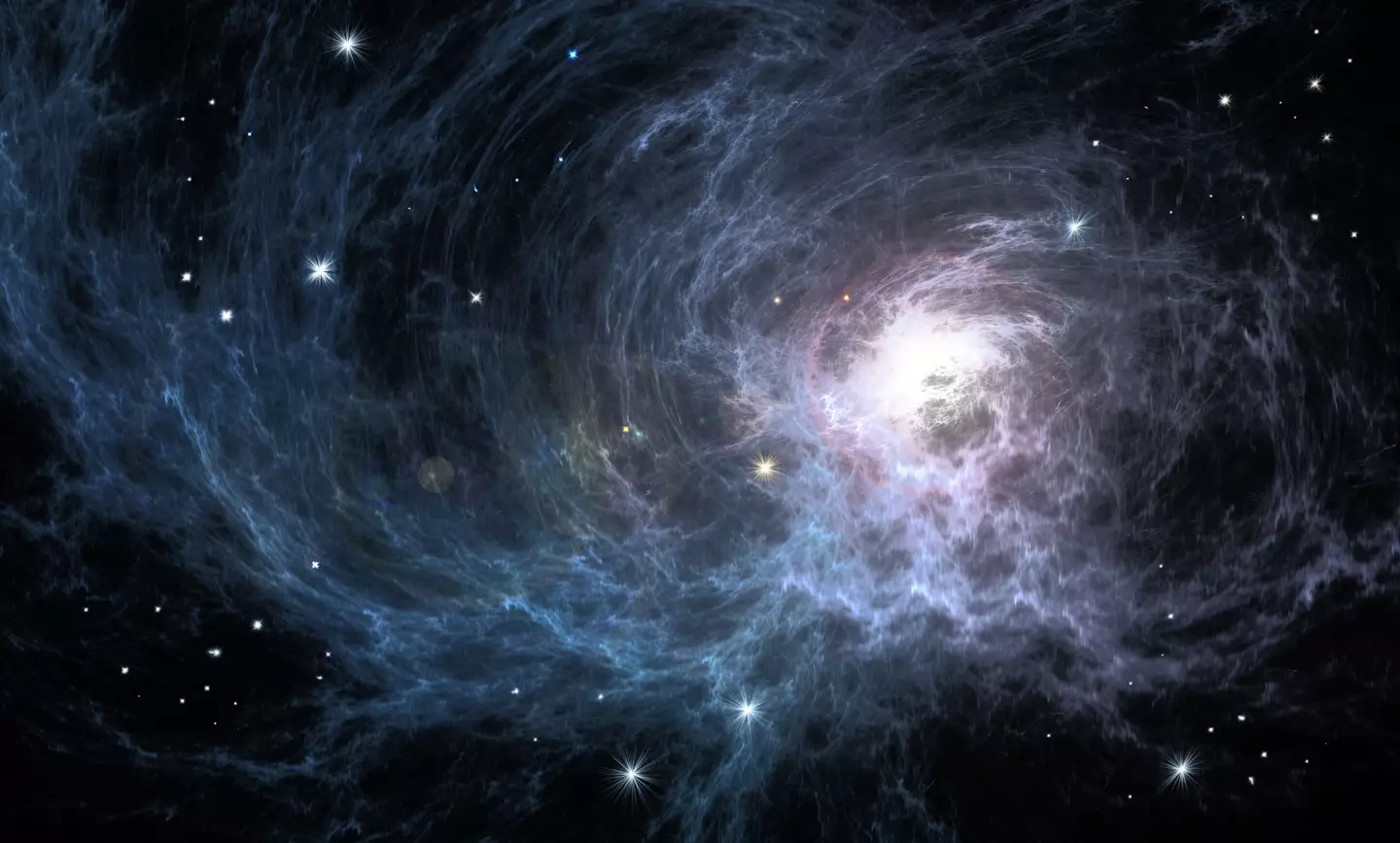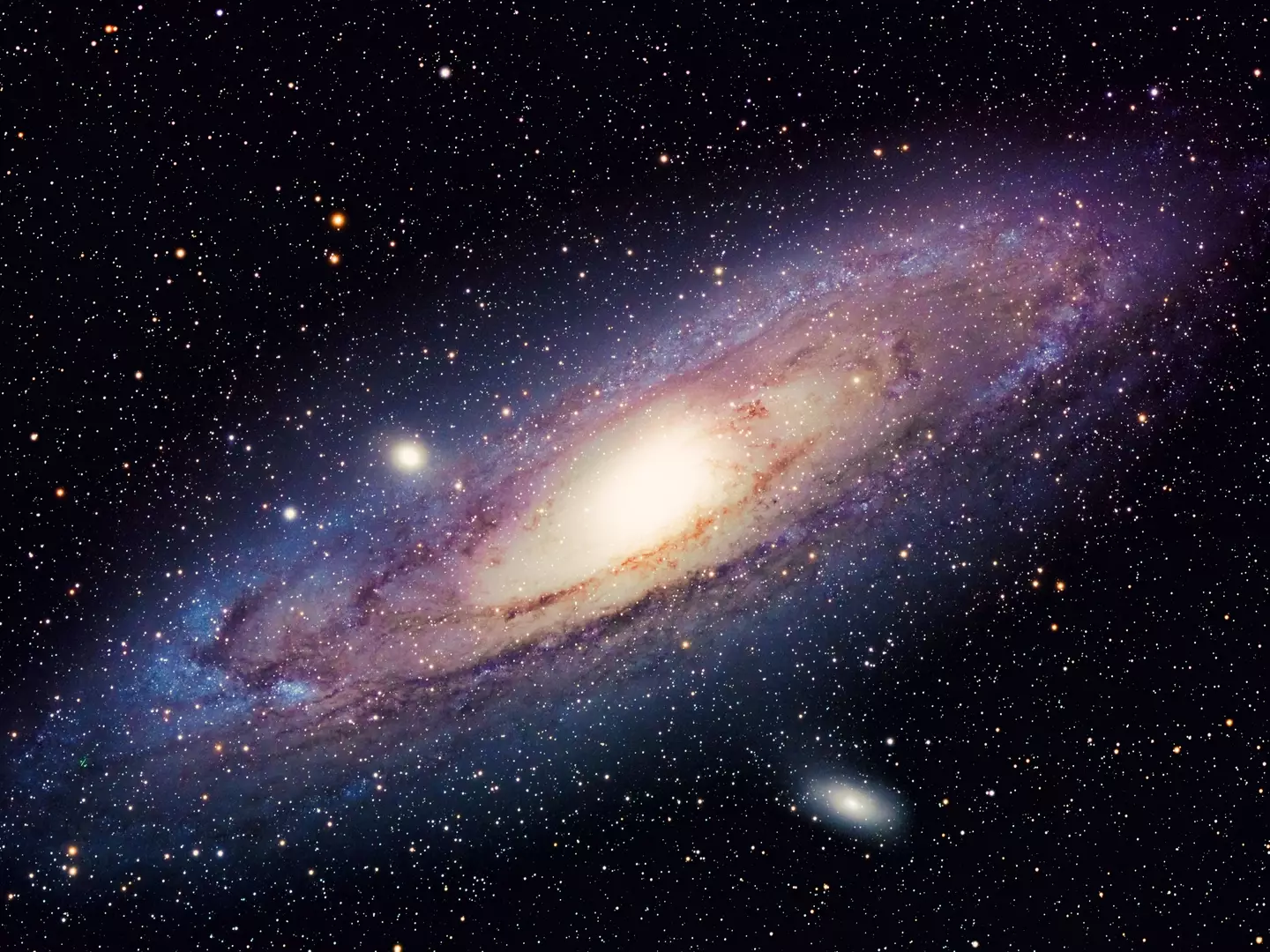


An unusual radio signal from the far reaches of space is confusing scientists.
The mysterious signal was emitted from a distant star 16,000 light-years away - but discovered purely by chance.
According to two space experts in Australia, this 'isn’t like anything astronomers have seen before.'
Researchers Manisha Caleb and Emil Lenc stumbled upon the signal while using the Commonwealth Scientific and Industrial Research Organisation's (CSIRO) radio telescope in Australia’s outback.
Advert
'It can survey large volumes of the universe very quickly. This makes it very well suited for detecting new and exotic phenomena,' said Caleb, a lecturer at the University of Sydney, and Lenc research scientist, Space and Astronomy, CSIRO.
'We sometimes detect sporadic bursts of radio waves originating from across the vast expanse of the universe,' they wrote on the research-based website, The Conversation.

'We call them radio transients: some erupt only once, never to be seen again, and others flicker on and off in predictable patterns.
Advert
'We think most radio transients come from rotating neutron stars known as pulsars, which emit regular flashes of radio waves, like cosmic lighthouses.'
Neutron stars form when huge stars run out of fuel and collapse, according to NASA.
'Not only does it have a cycle almost an hour-long - the longest ever seen - but over several observations we saw it sometimes emitting long, bright flashes, sometimes fast, weak pulses – and sometimes nothing at all,' the team added.
Although the team admitted that they 'can't quite explain' the phenomenon, it's most likely a 'very unusual neutron star, but we can’t rule out other possibilities.'
Advert
The potential neutron star has been named ASKAP J1935+2148 and is situated within the Milky Way’s plane - about 15,820 light-years away from Earth.

Reportedly, radio waves were coming out like a 'corkscrew' as the signal travelled through space.
'The signals themselves are like none ever seen before - the star goes through periods of strong pulses, periods of weak pulses, and periods of no pulses at all,' the website added.
Advert
Still baffled, Caleb and Lenc said: 'The origin of a signal with such a long period remains a profound mystery, with a slow-spinning neutron star the prime suspect.'
The team also noticed the importance of not 'ruling out the possibility [that] the object is a white dwarf.'
They explained: 'White dwarfs often have slow rotation periods, but we don’t know of any way one could produce the radio signals we are seeing here.
'What’s more, there are no other highly magnetic white dwarfs nearby, which makes the neutron star explanation more plausible.'
Advert
However, more research is needed before any idea is verified.